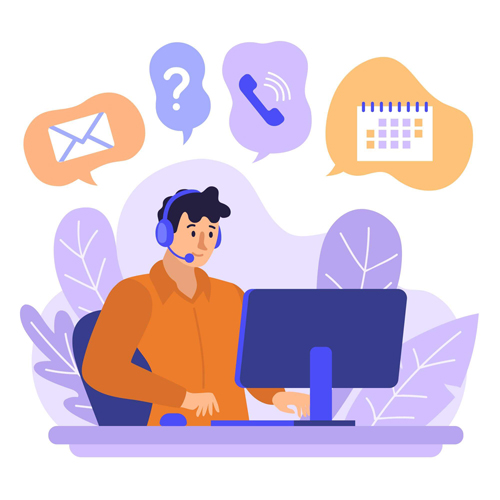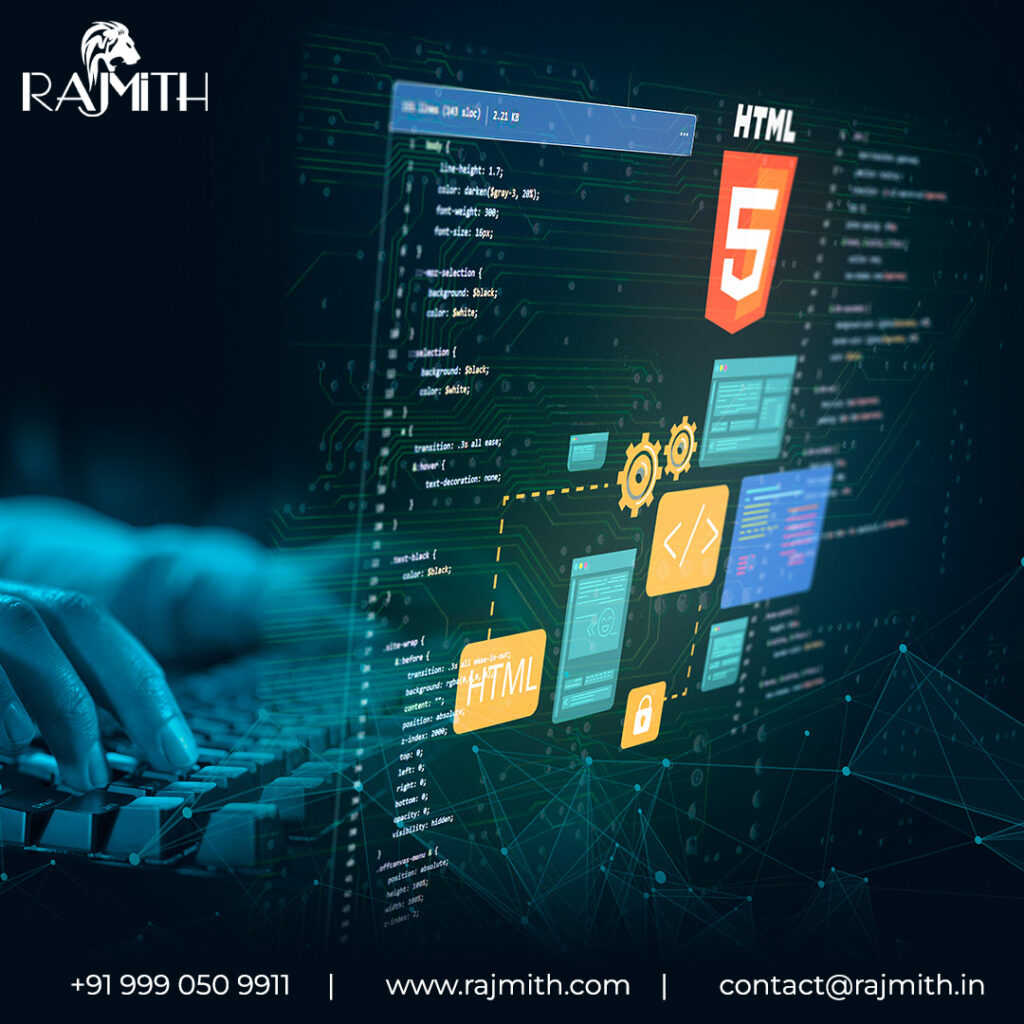Looking for a more efficient way to take digital notes? Learn about the smart pen renaissance, and how live scribes are revolutionizing note-taking for the modern era!
What Are Live Scribes?
Features and Capabilities of the Livescribe Echo Smart Pen
The Livescribe Echo Smart Pen is a cutting-edge tool designed to enhance your note-taking and audio recording experience by seamlessly integrating notes and audio wherever you go.
Memory Options
Available in two variations — 2GB and 4GB. This smart pen can store approximately 200 to 400 hours of audio or thousands of pages of notes. It’s an ideal solution for students, professionals, and anyone who needs a reliable method to capture detailed information.
Recording and Replay
One of the standout features is its ability to record everything you hear and write. This ensures you never miss crucial details during meetings or lectures. You can easily playback these recordings by simply tapping on your notes with the pen, making it an interactive note-taking powerhouse.
Enhanced Desktop Software
The accompanying desktop software allows you to save, organize, and access your notes and recordings on your Mac or Windows computer. You can search for specific words, ensuring you quickly find the information you need. Sharing is also straightforward, as you can export notes and audio in multiple formats.
Included Accessories
The package includes everything you need to get started: the smart pen with pre-installed memory, a starter dot paper notebook, a micro USB cable for battery charging and data transfer, and two ink cartridges (one is pre-installed). Plus, there’s a convenient pen cap to keep your writing instrument protected.
Technical Highlights
The smart pen is designed with an anti-roll body, ensuring it stays put on your desk. Powered by an ARM 9 processor, it features a sleek OLED display for easy viewing. The lithium-ion rechargeable battery provides sustained use and is a non-removable component for durability.
System Compatibility
To make the most of this smart device, ensure your computer meets the necessary system requirements:
- For Mac: Requires OS X 10.8.5 or later with at least 300 MB of free disk space and a USB 2.0 port.
- For Windows: Compatible with Windows 7 or newer versions, also requiring 300 MB of free space and a USB 2.0 port.
This smart pen is your ultimate companion in digitizing notes and audio, ensuring nothing falls through the cracks in your information gathering process.
How Do Live Scribes Work?
Recommended Reading: Live Scribe For Healthcare Practitioners
Technical Specifications and Memory Options for the Echo Smart Pen
Smart Pen Design and Performance
The Echo Smart Pen boasts an innovative anti-roll design, ensuring it stays put wherever you place it. It harnesses the power of an ARM 9 processor, providing swift and efficient performance for all its features. Display information is easily accessible through its clear 96 x 18 OLED screen.
Memory Capacity
You have the flexibility to choose between two storage options: a 2GB or an 8GB NAND flash. This allows you to select the right capacity based on your needs—whether you require ample space for numerous notes or a smaller, more streamlined solution.
Battery and Physical Characteristics
Equipped with a lithium-ion rechargeable battery, this pen is designed for long-lasting use, though it’s important to note that the battery is non-removable. Weighing in at just 36 grams and stretching 158 mm in length, the Echo Smart Pen is both lightweight and compact, making it easy to carry and comfortable to use over extended periods.
Compatibility and System Requirements
For Mac Users
- Compatible with Mac OS X versions 10.8.5 and above.
- Requires at least 300 MB of free disk space.
- Needs an available USB 2.0 port and an Internet connection to operate effectively.
For Windows Users
- Functions with Windows 7 or Windows 8 and later versions.
- Should have at least 300 MB of available disk space.
- Requires a USB 2.0 port and an Internet connection for optimal performance.
These technical specifications and memory options provide a comprehensive overview of the Echo Smart Pen, ensuring compatibility across various systems and catering to different storage needs.
What’s Included with Your Echo Smart Pen Purchase?
When you purchase an Echo Smart Pen, you’re not just getting an incredible writing tool but a full package of essential items. Here’s what you’ll find in the box:
- Echo Smart Pen: Choose between 2GB or 4GB of storage capacity to suit your needs.
- Dot Paper Notebook: Start taking notes right away with a starter notebook designed specifically for your smart pen.
- Micro USB Cable: This versatile cable allows you to charge your smart pen and transfer data seamlessly.
- Guidance Booklet: A comprehensive basics guide to help you get started and make the most of your new smart pen.
- Ink Cartridges: Comes with two ink cartridges, including one conveniently pre-installed.
- Smart Pen Cap: Keeps your pen tip protected when not in use.
This package ensures you have everything necessary to begin your journey with the Echo Smart Pen, providing functionality and convenience right from the start.
System Requirements for the Echo Smart Pen
To make the most of your Echo Smart Pen experience, it’s essential to ensure your computer meets the necessary system requirements. Here’s a breakdown for both Mac and Windows users:
For Mac Users
- Operating System: Your Mac should be running OS X version 10.8.5 or newer.
- Disk Space: Ensure there’s at least 300 MB of free storage on your hard drive.
- Connectivity: You’ll need a USB 2.0 port, along with an active Internet connection for seamless updates and downloads.
For Windows Users
- Operating System: Compatible with Windows 7, 8, or any newer version.
- Disk Space: A minimum of 300 MB of available disk space is necessary.
- Connectivity: Like Mac users, you’ll require a USB 2.0 port and an Internet connection to fully utilize the pen’s features.
By satisfying these specifications, you can enjoy all the benefits your Echo Smart Pen offers without any technical roadblocks.
Benefits Of Live Scribes
Applications Of Live Scribes
Support for Faculty and Staff in Creating Accessible Course Content
Creating accessible course content is crucial to ensure all students receive an equitable learning experience. Here’s how faculty and staff can get the necessary support:
- Guidance for Educators: Faculty and instructors can access specialized resources designed to help them develop content that meets accessibility standards. This includes best practices and techniques to integrate accessibility into course design.
- Inclusive Design Resources: Comprehensive materials on accessible design are available, focusing on creating content that can be easily navigated by all students, including those with disabilities.
- Digital Platform Accommodations: Instructors can utilize tools and features within learning management systems to make digital content accessible. These accommodations facilitate a more inclusive online learning environment.
- Sign Language and Real-Time Captioning: Access to American Sign Language (ASL) interpreters and CART (Communication Access Realtime Translation) services ensures that students who require these supports have full comprehension of course materials and lectures.
- Effective Use of Technology: Faculty can learn to leverage captioning and FM systems to enhance audio accessibility. This is particularly helpful for students with hearing impairments attending synchronous or recorded sessions.
- Virtual Meeting Accessibility: Training on making virtual meetings inclusive is available, ensuring platforms are used in a way that accommodates all participants. This includes tips on optimizing accessibility settings in popular video conferencing tools.
By utilizing these resources, faculty and staff can confidently create and deliver content that enhances learning for every student.
Exploring Apple’s Accessibility Features and Resources
Apple is dedicated to making technology accessible for everyone, including individuals with disabilities. Here’s a comprehensive overview of the accessibility features and resources they offer:
1. Comprehensive Guides and Learning Resources
- Online Accessibility Hub: Apple provides a dedicated online space where users can explore various accessibility features tailored for different needs.
- Step-by-Step Tutorials: Discover how to maximize device capabilities through Apple’s instructional videos and guides, readily available on platforms like YouTube.
2. Device-Specific Guidance
- iPad and iPhone Guides: Updated user manuals, such as the iPad User Guide, detail the latest accessibility tools, helping users navigate and customize their devices effectively.
3. Apps and Tools for Enhanced Accessibility
- Accessibility-Friendly Apps: Apple’s App Store curates applications specifically designed to assist users with disabilities, focusing on ease of use and enhanced user experience.
- Shortcuts for Accessibility: Personalized shortcuts streamline device navigation, enabling quicker access to frequently used accessibility features.
By integrating these features, Apple continues to break down barriers, ensuring their technology is inclusive and empowering for all users. Whether it’s through custom apps, instructional content, or advanced device settings, there are plenty of options available for those seeking better accessibility solutions.
Screen Reader Options for Visually Impaired Students
Visually impaired students have a variety of screen reader options that enhance their ability to access digital content seamlessly. These tools are crucial for translating on-screen text into speech or braille, allowing students to navigate online resources independently. Here’s a look at some popular choices:
- Open-Source Tools: Several open-source screen readers offer robust functionalities without the need for a subscription, making them accessible to a wide audience. These tools provide customizable settings to cater to individual preferences and can often be integrated with various applications.
- Built-In Software: Modern operating systems frequently include screen reading capabilities as part of their accessibility features. These integrated tools are designed to work seamlessly with native applications, providing an immediate solution without needing additional software installation.
- Cross-Platform Solutions: Some screen readers are developed to function across different devices and platforms, ensuring a consistent user experience whether students are using a desktop, tablet, or smartphone. This versatility helps accommodate diverse tech ecosystems within educational environments.
- Advanced Speech and Braille Output: For students who require more sophisticated interaction with their devices, there are screen readers that support both speech output and refreshable braille displays. These options provide tactile feedback, which can be particularly beneficial for educational purposes.
Choosing the right screen reader depends on factors such as device compatibility, user preference, and specific accessibility needs. Educators and students alike should explore these options to find the best fit for their individual circumstances.
Solutions for Creating Accessible Documents and Scanning
Crafting accessible documents and ensuring effective scanning can be accomplished with innovative tools and services designed to meet diverse needs. Here are a couple of options available:
- Automated Document Conversion Services
These services allow users to transform documents into various accessible formats. Features often include converting PDFs, JPEGs, and other file types into formats such as audio, e-books, and digital Braille. This versatility ensures that content is accessible to individuals with different preferences and requirements. - Intelligent Book Scanners
Advanced scanning solutions simplify the process of digitizing physical books and documents. By utilizing smart technology, these scanners can efficiently handle curved pages and correct for any distortions, providing clean and clear electronic versions. This ensures that scanned materials maintain quality, readability, and accessibility.
By leveraging these solutions, you can ensure documentation is not only accessible but also retains the necessary quality for diverse audiences.
Conclusion
In conclusion, live scribes have many applications, from education and business to healthcare and creativity. Live scribes are a revolutionary technology that can transform how we take notes. Their real-time capturing and conversion of handwriting to a digital text offer a more efficient, accurate, and flexible way of capturing information. Live scribes have numerous applications in various fields, from education to healthcare. Live scribes like S10.AI’s Robot AI Medical Scribe are the future of note-taking, and we can expect to see them increasingly adopted in the coming years.

